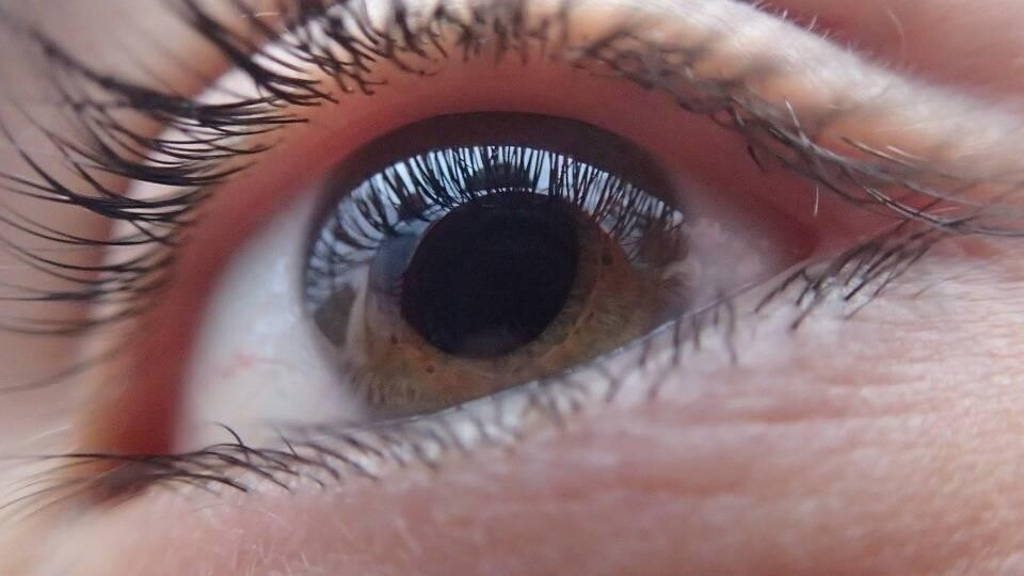In recent years we have seen more and more examples where the added value of eye photos, “everyday” devices such as smartphones and new technologies such as AI are being used to improve and speed up the diagnostic processes of diseases and other medical conditions. For example, a tea of international researchers succeeded in recognizing anemia in children by analyzing eye photos taken with smartphones using machine learning and the radiomics technique.
Worldwide, nearly 2 billion people suffer from anemia, characterized by low levels of hemoglobin in the blood. Particularly vulnerable to this condition are children in low- and middle-income countries because diagnosis and treatment are not always readily available in these countries. Untreated, anemia in children can interfere with growth, learning ability and overall development. Early detection of the condition is essential, but current diagnostic methods require laboratory testing of blood.
Low-threshold diagnosis
Researchers from Purdue University, Rwanda Biomedical Center and the University of Rwanda have developed an alternative, low-threshold method for diagnosing anemia in children. In this method, simple grayscale photographs of the conjunctiva of the eye - the inside of the eyelid and the white part of the eye - can be used to predict anemia.
For their study, the researchers used standard smartphones to take more than 12,000 eye photos of 565 children ages 5 to 15. They then used machine learning combined with a technique called radiomics, which mathematically analyzes patterns and textures in medical images, to identify features associated with anemia.
“Unlike previous attempts that relied on color analysis or special imaging tools, this method does not require color data. Instead, black-and-white photographs are used to examine small structural changes in the blood vessels of the eye. This approach avoids problems caused by different lighting conditions or camera models, making the method more practical for use in different environments,” says Shaun Hong, Ph.D., Purdue University graduate student.
Recognizing anemia with smartphone
The results, published in Biophotonics Discovery, show a strong link between specific spatial features and anemia status. This correlation means that it may become possible to diagnose anemia with just a smartphone and simple software. This could be particularly useful in remote or underdeveloped areas, where access to advanced medical diagnostic technology and professionals is limited.
“The technology is not intended to replace traditional testing, but could help determine who needs further evaluation and treatment. With further development, the method could be integrated into mobile health tools to support early intervention in areas where access to health care is limited,” said Professor Young L. Kim of Purdue University.
Eye photos and diagnostics
As already indicated, several developments have passed in recent years in which eye photos, whether in combination with AI or other technologies, are being used to improve and speed up the diagnostic processes of diseases and other medical conditions.
For example, Rrsearchers from Skoltech and AIRI have developed an AI tool to improve diabetic retinopathy diagnosis by automatically analyzing retinal images. The model achieved 97% accuracy and 84% sensitivity, especially excelling at detecting microvessels—key indicators of the disease. Using an adaptive threshold algorithm, the tool overcomes previous limitations in data size and precision. This innovation could support ophthalmologists with faster and more reliable diagnoses.









